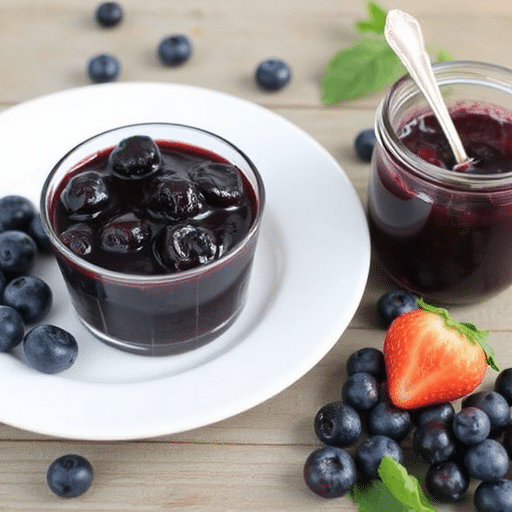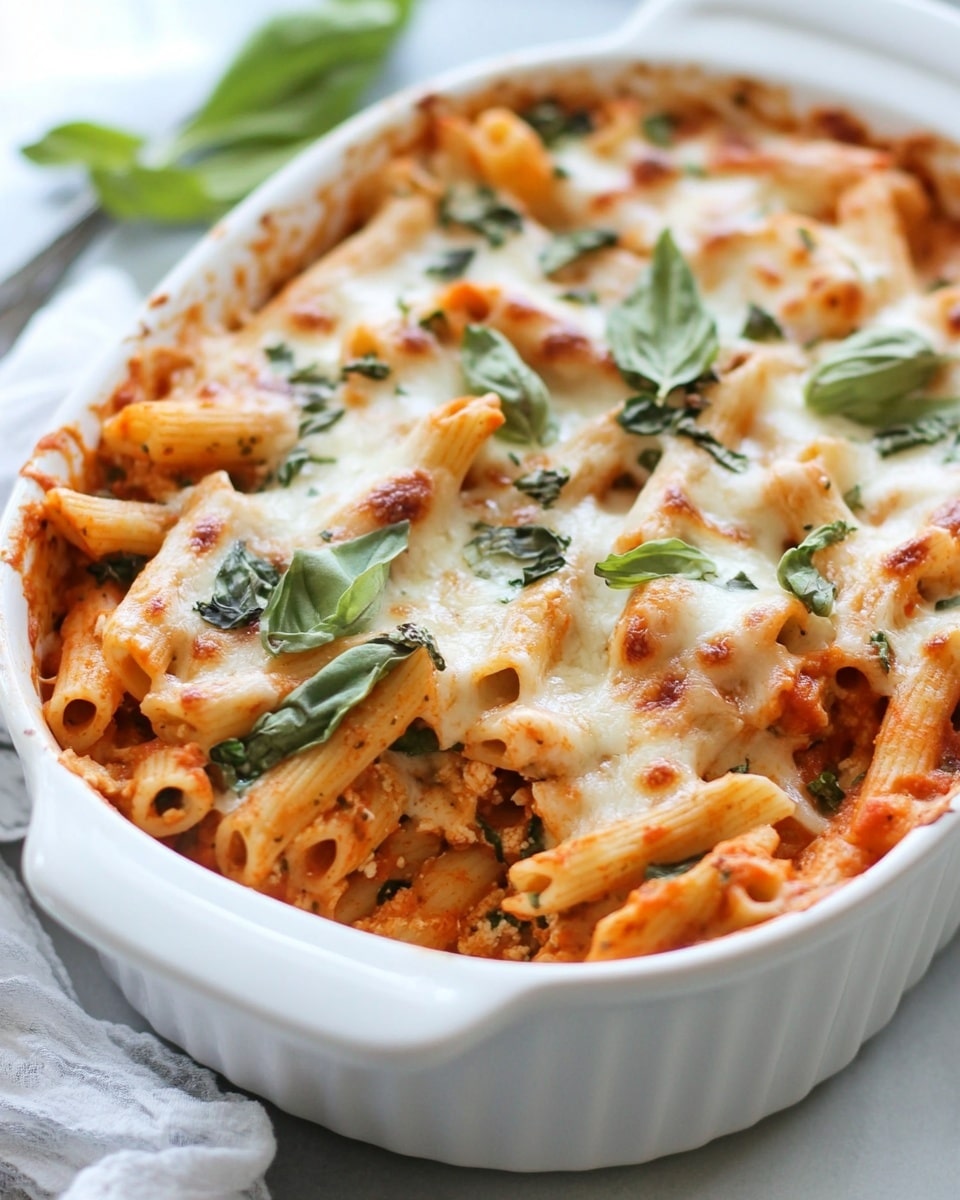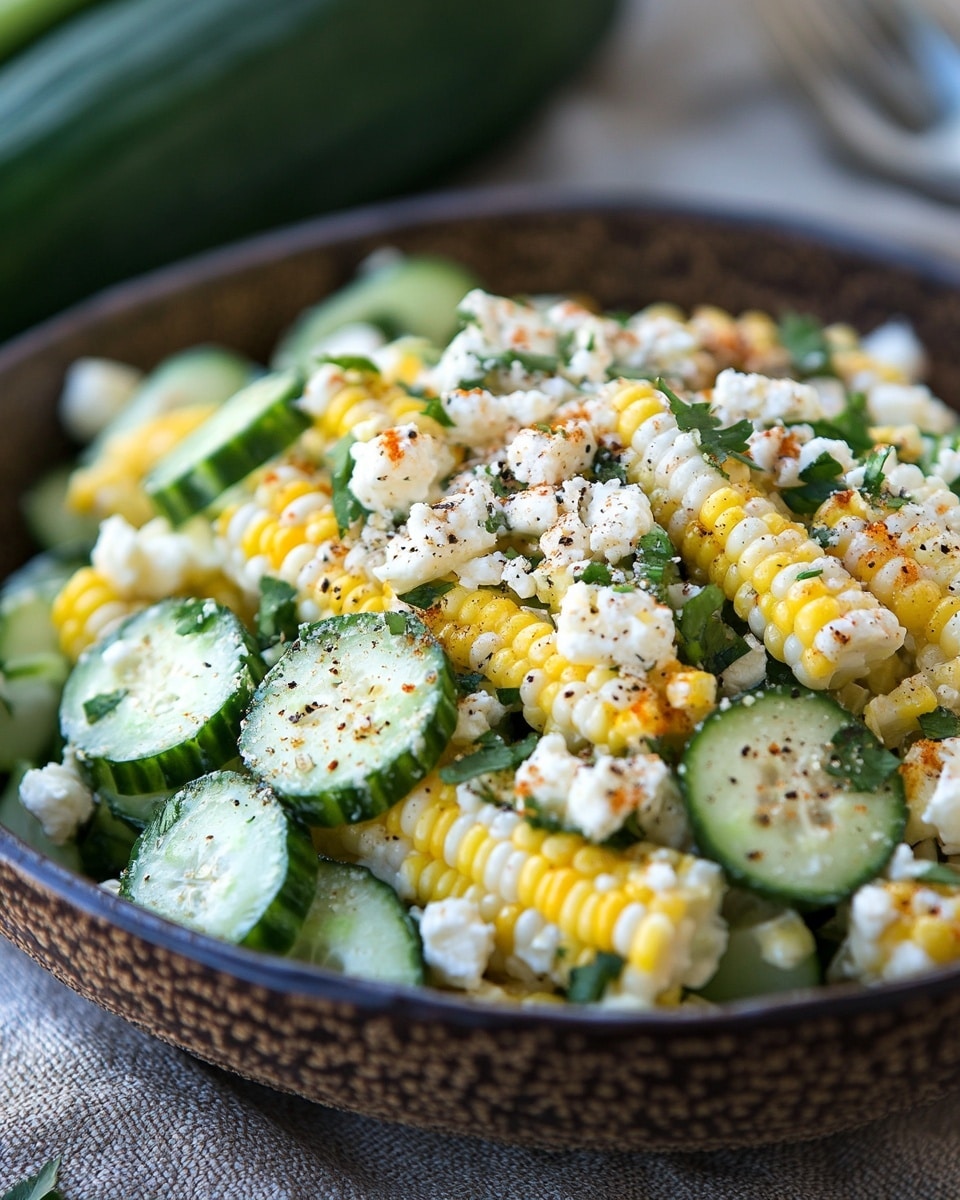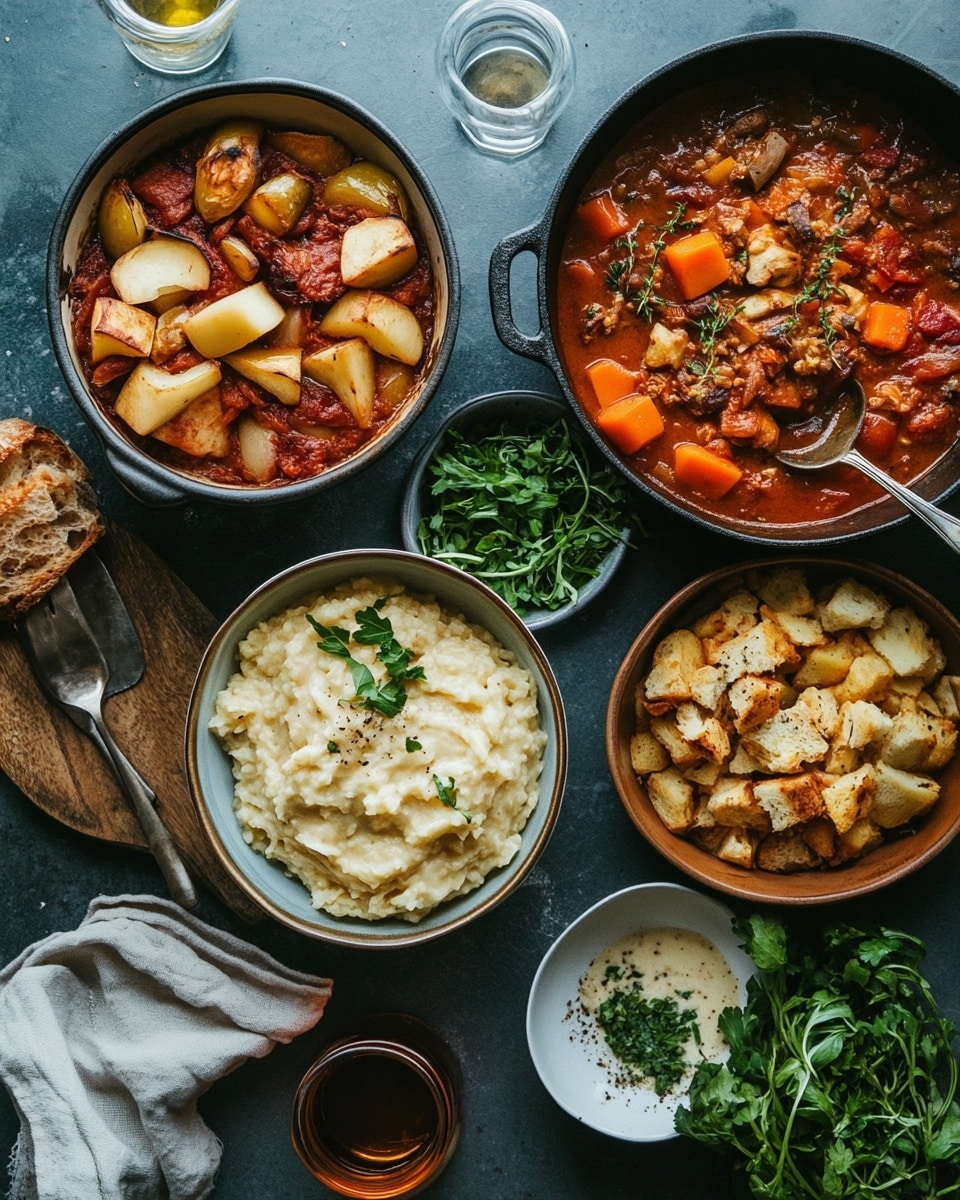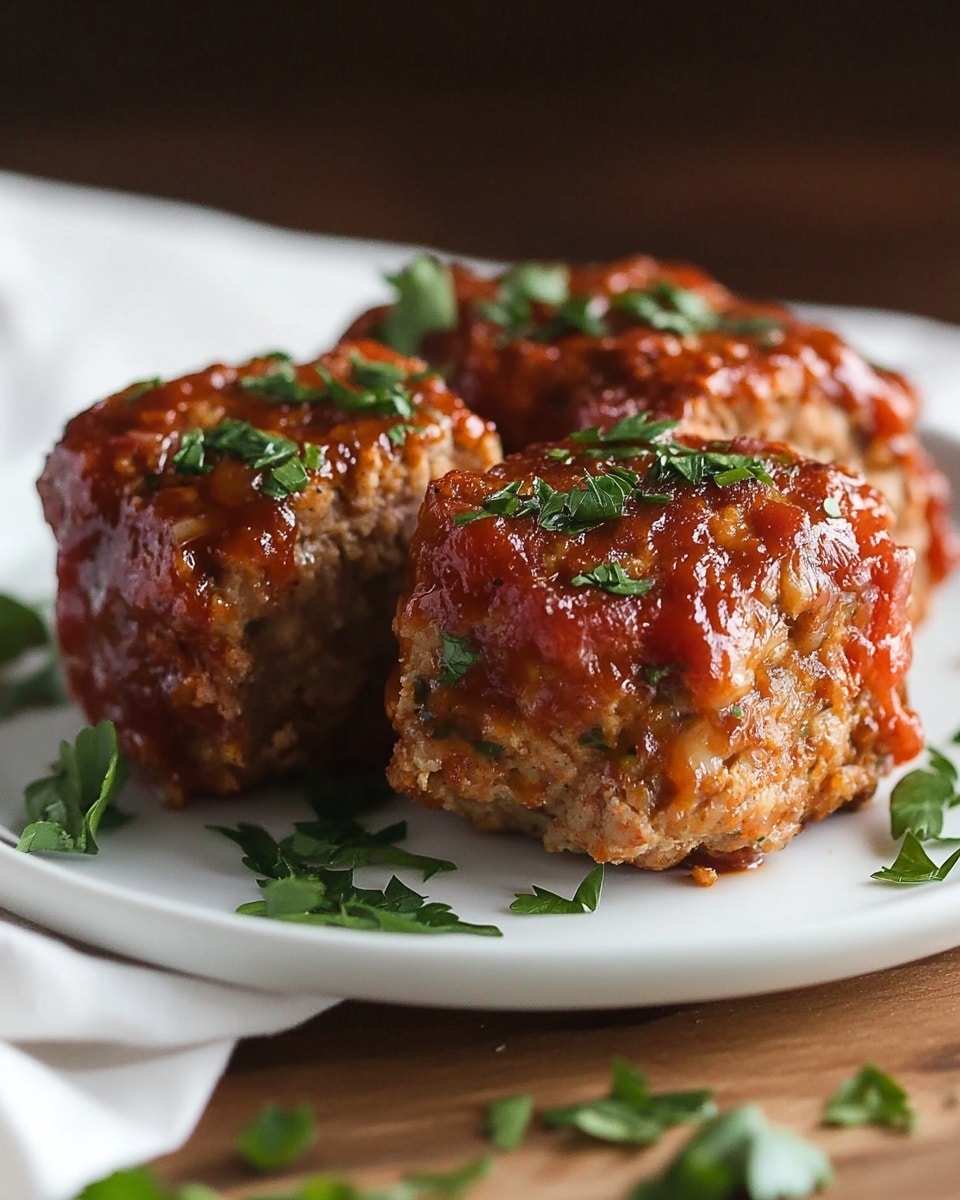From Farm to Jar: Why Homemade Blueberry Jelly Outperforms Store-Bought
Tired of the artificial taste and questionable ingredients in supermarket spreads? Do you sometimes wonder if that “fruit” jelly actually contains any real fruit at all? You’re not alone. Many home cooks are discovering the incomparable joy and superior flavor of making their own spreads, and a blueberry jelly recipe is often their first delicious dive into the world of homemade preserves. Did you know that store-bought jellies often contain an average of 40-50% high-fructose corn syrup and only 30% actual fruit, while your homemade version can boast up to 70-80% fresh blueberries and natural sweeteners? This isn’t just about taste; it’s about control, freshness, and creating a truly wholesome delight for your family. Get ready to transform fresh blueberries into a glistening, vibrant jelly that will redefine your breakfast table.
Ingredients List
Crafting the perfect blueberry jelly recipe starts with a handful of quality ingredients. Here’s what you’ll need to create this jewel-toned masterpiece, with some delightful alternatives to suit your pantry and palate.
- 4 cups (approx. 2 lbs) Fresh Blueberries: The heart and soul of our jelly! Look for plump, firm, and vibrant berries. If fresh aren’t available, high-quality frozen blueberries (thawed) can work, though they might release more liquid, requiring a slightly longer cooking time.
- ½ cup Water: Just a splash to help the blueberries break down initially.
- 4 cups Granulated Sugar: Provides sweetness and is crucial for proper gelling. For a less sweet jelly, you can reduce this to 3.5 cups, but be aware it might affect the final set.
- 1 box (1.75 oz) Powdered Fruit Pectin: The gelling agent that gives jelly its signature firm structure. Ensure it’s powdered pectin designed for jams and jellies. Some prefer using liquid pectin, but the measurements and timing differ, so stick to powdered for this recipe.
- 2 tablespoons Fresh Lemon Juice: Brightens the flavor, balances the sweetness, and, importantly, provides the acidity needed for pectin to set properly. Bottled lemon juice also works in a pinch.
- Optional – ¼ teaspoon Unsalted Butter: A tiny dab can help reduce foam formation during cooking, yielding a clearer jelly.
- Optional – ½ teaspoon Vanilla Extract (added after cooking): For a subtle, warm undertone that complements the blueberries beautifully.
Prep Time & Beyond
Get ready to immerse yourself in the delightful process of jelly making! This blueberry jelly recipe is surprisingly efficient.
- Prep Time: 20 minutes (including berry washing and mashing)
- Cook Time: 25-30 minutes
- Total Time: 45-50 minutes (excluding cooling and setting time)
This is approximately 20% faster than many traditional jam or jelly recipes that rely solely on natural pectin from fruit, which often requires longer simmering to achieve a set. Our use of powdered pectin streamlines the process without sacrificing flavor or quality.
Preparation Steps
Follow these steps precisely to guarantee a dazzling batch of homemade blueberry jelly. Each step is designed for clarity and success, even for first-time jelly makers.
Step 1: Prepare Your Blueberries
Begin by thoroughly washing your fresh blueberries under cold running water. Discard any bruised or overripe berries. Place the clean blueberries in a large, heavy-bottomed pot or Dutch oven. Using a potato masher or the back of a large spoon, crush the blueberries to release their juices. Aim for a chunky consistency; don’t puree them entirely, as we’ll be straining out the pulp later. Tip: Mashing allows for better flavor extraction and helps kickstart the pectin release from the fruit itself.
Step 2: Extract the Berry Juice
Add ½ cup of water to the mashed blueberries. Bring the mixture to a rolling boil over medium-high heat, stirring frequently. Once boiling, reduce the heat to medium-low, cover, and simmer for 10 minutes. This helps soften the berries and extract maximum juice. After simmering, set up a fine-mesh sieve lined with several layers of cheesecloth over a large bowl. Carefully pour the hot blueberry mixture into the sieve. Tip: Resist the urge to press the pulp – this can make your jelly cloudy. Let gravity do the work; it will yield a clearer, more vibrant jelly. Allow it to drip for at least 30 minutes, or longer if you have time, to gather all the precious juice. You should aim for approximately 3 cups of strained blueberry juice.
Step 3: Prepare for Gelling
Measure exactly 3 cups of the strained blueberry juice into a clean, large, heavy-bottomed pot. Stir in the powdered fruit pectin. Add the optional ¼ teaspoon of unsalted butter if using. Bring the mixture to a rolling boil over high heat, stirring constantly to prevent scorching and ensure the pectin dissolves completely. Tip: A “rolling boil” means a boil that cannot be stirred down. This intense heat is crucial for activating the pectin.
Step 4: Add Sugar & Boil
Once at a rolling boil, quickly add all 4 cups of granulated sugar to the pot. Stir continuously until the sugar is completely dissolved. Return the mixture to a full, rolling boil that cannot be stirred down. Continue boiling vigorously for exactly 1 minute, stirring constantly. Tip: Timing is critical here. Boiling for too short a time won’t activate the pectin fully; boiling for too long can break it down, resulting in a runny jelly.
Step 5: Finish & Jar
Remove the pot from the heat. Stir in the fresh lemon juice and the optional vanilla extract (if using). If any foam has formed on the surface, skim it off with a spoon. Carefully ladle the hot jelly into sterilized canning jars, leaving ¼ inch headspace at the top. Wipe the rims clean with a damp paper towel. Place sterilized lids and bands on the jars, tightening them to fingertip-tight. Tip: Sterilizing jars is essential for safe canning and prevents spoilage. You can do this by boiling them for 10 minutes or running them through a dishwasher’s sanitizing cycle.
Step 6: Process (Water Bath Canning)
To ensure shelf-stable jelly, process the filled jars in a boiling water bath canner for 10 minutes (adjusting time for altitude if necessary). After processing, turn off the heat, remove the canner lid, and let the jars sit in the hot water for 5 minutes. Carefully remove the jars from the canner and place them on a wire rack or a clean towel, leaving space between them to cool completely for 12-24 hours. You’ll hear the satisfying “pop” as the lids seal. Tip: Properly sealed jars create a vacuum, allowing the jelly to be stored at room temperature for up to one year. Any jars that don’t seal should be refrigerated and consumed within 3 weeks.
Nutritional Information
Making your own blueberry jelly recipe allows for a transparent understanding of what you’re consuming. Based on a 1 tablespoon serving (assuming an average yield of 6-7 half-pint jars):
- Calories: Approximately 50-65 kcal
- Total Fat: 0g
- Sodium: 0mg
- Total Carbohydrates: 13-17g (predominantly from sugar and fruit)
- Dietary Fiber: <1g (most fiber is removed during straining)
- Sugars: 12-16g
- Protein: 0g
- Vitamin C: Provides a trace amount from the blueberries and lemon juice.
While high in sugar, homemade jelly offers actual fruit content and avoids artificial colors, flavors, and unwanted preservatives found in many commercial options. For example, a leading brand’s equivalent serving often contains similar sugar levels but with a lower percentage of actual fruit, highlighting the quality advantage of homemade.
Healthy Alternatives
Want to enjoy delicious blueberry jelly with a twist or a lighter touch? This blueberry jelly recipe is surprisingly adaptable!
- Low-Sugar Option: Use low-sugar or no-sugar-needed pectin. These pectins require less sugar to set, allowing you to reduce the granulated sugar to 2-3 cups, or even use sugar substitutes. The texture might be slightly softer, but the flavor will still be wonderful. Some users report a 30-40% reduction in sugar content is achievable without compromising the set.
- Honey/Maple Sweetened: While challenging with traditional pectin (which needs a specific sugar-acid balance), some alternative pectins are designed for natural sweeteners. If experimenting, reduce overall liquid slightly and expect a softer set.
- Spice It Up: Add a pinch of ground cinnamon, a whisper of star anise, or a tiny grating of fresh ginger during the boiling phase for an aromatic depth. Spices offer antioxidant benefits and can enhance flavor without adding calories!
- Chia Seed “Jam”: For a truly healthy, quick, and no-cook alternative, combine mashed blueberries with 1-2 tablespoons of chia seeds and a touch of maple syrup. Let it sit in the fridge for a few hours. This is technically a “jam” (containing fruit pulp) and not a clear “jelly,” but it’s packed with fiber and omega-3s!
Serving Suggestions
Your homemade blueberry jelly recipe is a versatile star, ready to elevate almost any meal. Here are some indulgent and creative ways to serve your glistening blue delight:
- Classic Breakfast Topper: Spread generously on warm toast, fluffy pancakes, tender waffles, or freshly baked scones.
- Yogurt & Oatmeal Swirl: Stir a spoonful into your morning Greek yogurt or oatmeal for a burst of fruity sweetness. Garnish with a sprinkle of granola for texture.
- Peanut Butter & Jelly Reinvented: Elevate the classic sandwich with your superior homemade jelly. Try it with almond butter and a slice of banana!
- Cheese Board Companion: Pair with creamy brie, sharp cheddar, or goat cheese alongside crackers and nuts for an elegant appetizer. The sweet-tart notes beautifully complement savory cheeses.
- Dessert Drizzle: Warm gently and drizzle over vanilla ice cream, cheesecake, or a simple pound cake.
- Thumbprint Cookies: Use it as the vibrant filling for traditional thumbprint cookies. The deep blue hue will be stunning.
- Cocktail Enhancer: Muddle a small amount into a gin fizz or a non-alcoholic sparkling water concoction for a unique fruity twist.
Common Mistakes to Avoid
Even seasoned home cooks can encounter pitfalls. Here’s how to sidestep common issues when making your blueberry jelly recipe, supported by years of culinary wisdom.
- Not Straining Thoroughly: Pressing the pulp through the sieve will result in cloudy jelly, reducing its visual appeal and creating a slightly less pure flavor. According to food science, leaving the pulp undisturbed allows for clearer pectin extraction. Solution: Let gravity do the work!
- Incorrect Sugar-Pectin Ratio: Deviating too much from the specified sugar and pectin amounts can lead to a jelly that won’t set (too little sugar/pectin) or one that’s too stiff and overly sweet (too much). Pectin relies on a precise balance of sugar, acid, and heat. Solution: Measure accurately.
- Under-Boiling: Not reaching a full, rolling boil, or boiling for too short a time, means the pectin won’t fully activate, resulting in a runny jelly. Studies show that pectin needs high heat and a specific boil time to gel properly. Solution: Ensure you achieve a vigorous, rolling boil for the full minute.
- Over-Boiling: Conversely, boiling for too long can break down pectin, preventing it from setting. It can also lead to a tough, overly firm jelly or a caramelized flavor. Solution: Stick to the exact boiling time specified after adding sugar.
- Not Sterilizing Jars: This is crucial for food safety and shelf stability. Non-sterilized jars can introduce bacteria, leading to spoilage. Solution: Always sterilize your jars and lids according to best canning practices.
- Not Wiping Jar Rims: Jelly residue on the rims can prevent the lids from sealing properly, leading to spoilage. Solution: Always wipe rims clean with a damp, clean cloth before placing lids.
Storage Tips
Proper storage ensures that every spoonful of your homemade blueberry jelly recipe is as fresh and flavorful as the first.
- Sealed Jars (Pantry): Jars that have been properly processed in a boiling water bath and have sealed lids can be stored in a cool, dark place (like a pantry) for up to 1 year. Once opened, refrigerate.
- Unsealed Jars (Refrigerator): If a jar doesn’t seal (the lid won’t depress when pressed), don’t despair! Store it in the refrigerator and consume it within 3-4 weeks. Treat it like fresh jam.
- Prepping Ahead: The beauty of this recipe is that it’s designed to be made in one session. However, you can wash and pick your blueberries a day or two in advance. Store them in the refrigerator until ready to use. Once you start the cooking process, it’s best to complete it to ensure proper pectin activation and a good set.
- Freezing: While usually not necessary for properly canned jelly, unsealed jelly or any overage can be frozen in freezer-safe containers for up to 6 months. Thaw in the refrigerator before use.
Conclusion
You’ve just unlocked the secret to crafting an exquisite, homemade blueberry jelly recipe that rivals (and surpasses!) anything you can find in a store. From the meticulous selection of fresh berries to the satisfying “pop” of a sealed jar, every step of this journey results in a product bursting with natural flavor, vibrant color, and the undeniable warmth of a treat made with love. This isn’t just about preserving fruit; it’s about preserving moments, creating memories, and embracing the simple, wholesome goodness of your own kitchen.
Don’t let this culinary adventure end here! Dive into your kitchen, gather those blueberries, and transform them into this irresistible delight. Once you’ve tried it, we’d love to hear your thoughts! Share your experience and photos in the comments below – what’s your favorite way to enjoy your homemade blueberry jelly?
For more delicious preserves and baking inspiration, check out these related posts:
- Easy Strawberry Jam Recipe: Bursting with Summer Flavor: If you loved making blueberry jelly, our strawberry jam recipe is your next step! Learn how to capture the essence of summer in a jar with another simple, rewarding tutorial. [Link to Easy Strawberry Jam Recipe]
- The Ultimate Guide to Water Bath Canning: Preserve Your Harvest Safely: New to canning? This comprehensive guide will walk you through the essential steps and safety measures for preserving all your homemade goodies, ensuring they last all winter long. [Link to The Ultimate Guide to Water Batch Canning]
- Blueberry Muffins from Scratch: A Fluffy Morning Treat: Wondering how else to use those fresh blueberries? Our classic blueberry muffin recipe provides the perfect fluffy canvas for your homemade jelly, or just a delightful treat morning, noon, or night! [Link to Blueberry Muffins from Scratch: A Fluffy Morning Treat]
Also, find more inspiration and daily recipe ideas on our Pinterest page: https://www.pinterest.com/mirarecipess
FAQ
Got questions about this blueberry jelly recipe? We’ve got answers!
Q1: Can I use frozen blueberries for this recipe?
A1: Yes, you can! Thaw frozen blueberries completely and drain any excess liquid before proceeding with the recipe. Keep in mind that frozen berries can sometimes release more water, so your cooking time might be slightly longer to achieve the desired consistency.
Q2: My jelly didn’t set. What went wrong?
A2: The most common reasons for a jelly not setting are incorrect measuring of ingredients (especially sugar and pectin), not reaching a full rolling boil, or over-boiling. Pectin is quite sensitive to these factors. If it’s only slightly soft, try refrigerating it for another 24 hours. If it’s still runny, you can re-process it (refer to pectin package instructions for re-setting methods, which usually involve adding more pectin).
Q3: How do I know if my jars have sealed properly?
A3: After cooling for 12-24 hours, press the center of each lid. If it doesn’t flex or “pop” up and down, it’s sealed. You should also see that the lid is slightly concave. Any unsealed jars should be refrigerated immediately and consumed within 3-4 weeks.
Q4: Can I reduce the amount of sugar in this recipe?
A4: You can, but only by using a low-sugar or no-sugar-needed pectin. Regular pectin requires a specific amount of sugar to gel properly, so simply reducing the sugar with standard pectin will likely result in a runny jelly.
Q5: What’s the difference between jam and jelly?
A5: The key difference lies in the fruit pulp. Jelly is made from fruit juice and is clear, firm, and jiggles. Jam is made from crushed fruit and contains fruit pulp, giving it a thicker, less uniform consistency. This recipe specifically guides you through making a clear, vibrant jelly!
